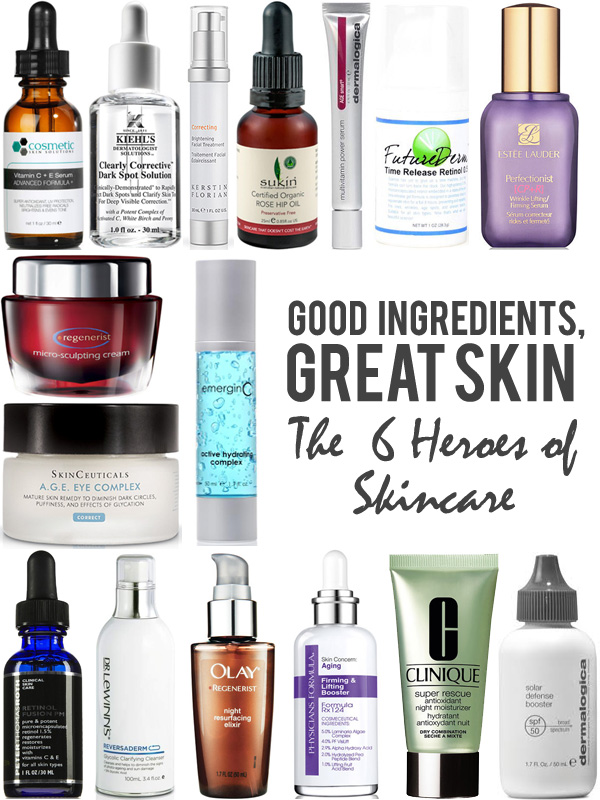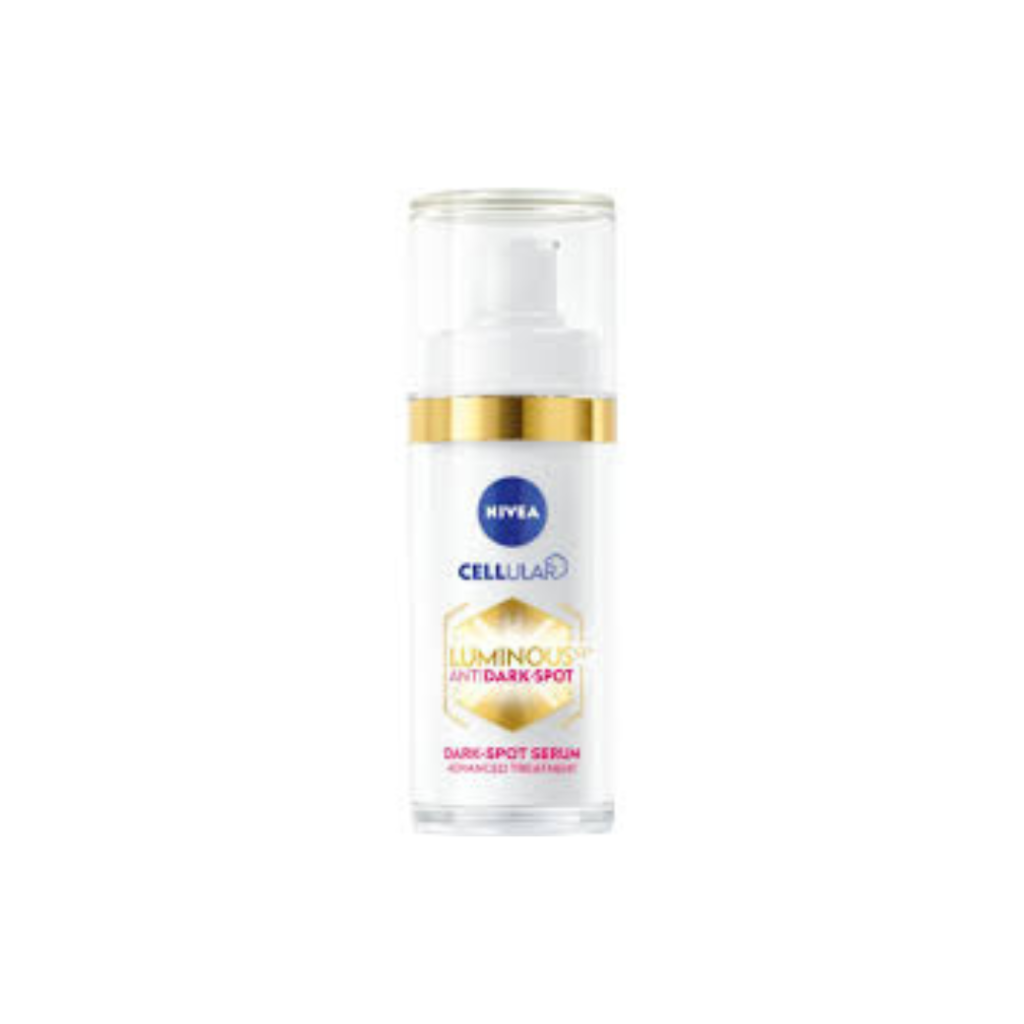

Hyperpigmentation Heroes: Understanding the ingredients and treatments that can help brighten your skin and combat the appearance of dark spots, melasma, and other forms of hyperpigmentation. Unveiling the secrets to achieving a more radiant and even skin tone is achievable through a variety of products and procedures. This comprehensive guide explores various options, from home remedies to professional treatments, empowering you to take control of your skin’s health and appearance. We’ll cover the science behind these ingredients, discuss different types of hyperpigmentation, and provide actionable steps to effectively combat this common skin concern. This article also includes important considerations to choose the right solutions for your specific needs and to avoid potential pitfalls along the way.
Understanding Hyperpigmentation
Types of Hyperpigmentation
Hyperpigmentation, essentially the darkening of the skin, encompasses various forms of uneven skin tone. Common types include sunspots, age spots, melasma (the mask of pregnancy), and post-inflammatory hyperpigmentation (PIH). Each type results from different factors, such as sun exposure, hormonal changes, or skin inflammation. Understanding the underlying cause is crucial for targeted treatment. This knowledge is essential because it allows for a personalized approach, preventing further damage and fostering healthy, even skin.
Ingredients for Brighter Skin
Active Ingredients
Several ingredients boast skin-brightening properties. Vitamin C, a potent antioxidant, effectively inhibits melanin production and promotes collagen synthesis. Hydroquinone is a common topical agent that inhibits melanin production, though its use is often regulated due to potential side effects. Kojic acid, derived from fungi, also helps inhibit melanin production. Retinoids, known for their anti-aging properties, can also aid in reducing hyperpigmentation. Research studies have indicated their effectiveness in promoting cell turnover and reducing dark spots.
Treatments for Even Skin Tone
Professional Treatments
Beyond topical treatments, various professional procedures can address hyperpigmentation effectively. Chemical peels can gently exfoliate the skin, removing damaged skin cells and promoting new skin cell growth. Laser treatments, targeting specific pigment deposits, can minimize their visibility. Microdermabrasion, a physical exfoliation technique, removes the outermost layer of skin, also promoting the appearance of smoother, more even skin tone. These advanced treatments provide noticeable results but often require professional guidance and may come with costs, but the results can be impactful.
Home Remedies and Lifestyle
Natural Solutions
Several home remedies can assist in mitigating hyperpigmentation. Applying aloe vera gel, known for its soothing and healing properties, may help reduce inflammation and promote skin regeneration. Using a consistent sunscreen application is crucial to prevent further damage and to maintain the results of other treatments. Adequate hydration also contributes to overall skin health, which can further help skin achieve a better tone. Additionally, a balanced diet rich in antioxidants and vitamins further supports healthy skin.
Choosing the Right Approach
Personalized Strategies
The approach to treating hyperpigmentation must be personalized. Consult a dermatologist to determine the underlying cause and appropriate treatment options. A balanced approach involving both topical treatments, and lifestyle changes—such as sun protection—often yields the best results. Identifying the right strategy is crucial to avoiding further irritation or damage to the skin. Consistency is key to achieving noticeable improvements. It is also critical to note that products containing hydroquinone, or other potent ingredients, should be used according to professional recommendations.
Additional Tips and Considerations
Understanding Your Skin
It is important to understand your own skin. Recognizing the specific type of hyperpigmentation you experience is a first step to getting effective treatment. The type of hyperpigmentation you have may also impact the suitability and efficacy of different solutions and treatments. Different types require tailored approaches that might include ingredients, treatments, or lifestyle modifications.
Avoiding Potential Pitfalls
Cautions and Concerns
Some ingredients, like hydroquinone, may come with potential side effects, especially with prolonged use or if not used appropriately. Therefore, consulting a dermatologist for personalized advice is important. Always prioritize safety and seek professional guidance before starting any new treatment plan, especially for problematic skin types. A dermatologist can provide guidance and support.
Conclusion
Recap on Hyperpigmentation
Hyperpigmentation Heroes offers a comprehensive guide to understanding hyperpigmentation, identifying effective ingredients, and exploring various treatments. A personalized strategy that incorporates preventative measures, topical solutions, and professional procedures empowers you to take charge of your skin’s journey towards a brighter and more even tone. The key lies in combining knowledge with professional guidance, and adopting a sustained, realistic approach.
Further Exploration
Continuous Learning
Staying informed about the latest advancements in hyperpigmentation treatment and researching different ingredients can guide you towards optimal results. Maintaining a healthy skin care routine remains key to a radiant glow.
Frequently Asked Questions
Q: How long does it take to see results from hyperpigmentation treatments?
A: Results from hyperpigmentation treatments can vary depending on the severity of the condition, the chosen treatments, and individual factors such as skin type. While some noticeable changes may appear within a few weeks, consistent use and patience are often required to see optimal results. Some professional treatments might offer more immediate results, but overall improvement often takes time and a commitment to a long-term plan. Professional guidance is often the best way to know how long you should expect to see results.
Q: Can hyperpigmentation be prevented?
A: Preventing hyperpigmentation hinges on proactive measures and lifestyle choices. Regular use of broad-spectrum sunscreen, especially with a high SPF, is essential to shield your skin from harmful UV rays. Avoiding excessive sun exposure, especially during peak hours, and utilizing protective clothing and equipment can also help prevent damage. Additionally, maintaining a healthy lifestyle that includes a balanced diet and adequate hydration can support overall skin health and reduce susceptibility to hyperpigmentation.
In conclusion, tackling hyperpigmentation requires a multifaceted approach combining effective ingredients and tailored treatments. Understanding your skin type and the underlying causes of hyperpigmentation is crucial for choosing the right solution. By incorporating these ingredients and treatments into your routine, you can take proactive steps towards achieving brighter, more even-toned skin. Consult a dermatologist for personalized advice and recommendations based on your specific needs and concerns. Start your journey to brighter skin today!